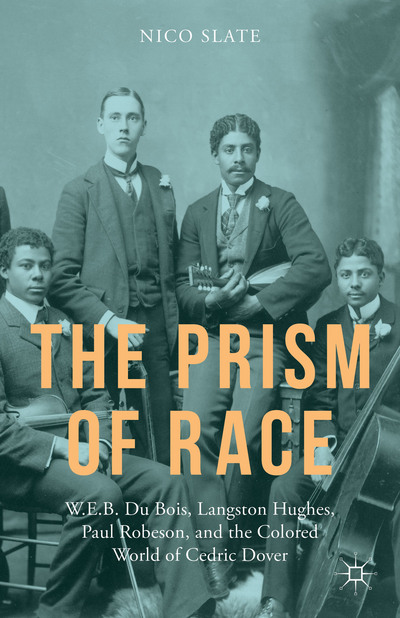“Red Velvet” spins a fascinating true story
The Berkshire Eagle
Pittsfield, Massachusetts
2015-08-13
Jeffrey Borak, Entertainment Editor and Theater Critic
LENOX — Actor Ira Aldridge isn’t in the American Theater Hall of Fame; his name is barely a whisper in the annals of American theater. That shouldn’t be, say director Daniela Varon and actor John Douglas Thompson, who is playing Aldridge in “Red Velvet,” a new play by Lolita Chakrabarti that had its world premiere in October 2012 at the Tricycle Theatre in London and its American premiere in March 2014 at St. Ann’s Warehouse in Brooklyn, N.Y.
Born a few years after the start of the French Revolution, Aldridge died a few years after the end of our Civil War — a megastar in Europe, but virtually unknown here.
“I was 17 when I first heard about Aldridge,” Varon said during a joint interview with Thompson in the lobby of Shakespeare & Company’s Tina Packer Playhouse, where the production officially opens at 7:30 tonight after a week of previews. It is scheduled to run in rotating repertory through Sept. 13.
“He gave up everything to go to England to become an actor,” Varon said.
Aldridge fashioned a career performing throughout through Europe and the UK. While he was known primarily as a tragedian, he also had a reputation as a good comedic actor.
He outraged London critics but awed audiences when, one night in 1833, he replaced the ailing Edmund Kean as Othello, at the Theatre Royal in Covent Garden.
…Born in New York in 1807, Aldridge emigrated to Liverpool, England in 1824, where he met and married Margaret Gill, a Yorkshire woman.
“He was 26 when he married her, She was 18,” Thompson said. “He already had had a lifetime of experience. He was not a young 26.” Despite a solid marriage, he was a notorious womanizer and fathered several children, in and out of wedlock.
Between 1825 and 1833, he played theaters throughout the United Kingdom. He made his first tour of Europe in 1852, playing not only Othello but also Lear, Richard III, Shylock, Macbeth. He died in Lodz in 1867, where he was given a state funeral…
Read the entire article here.
